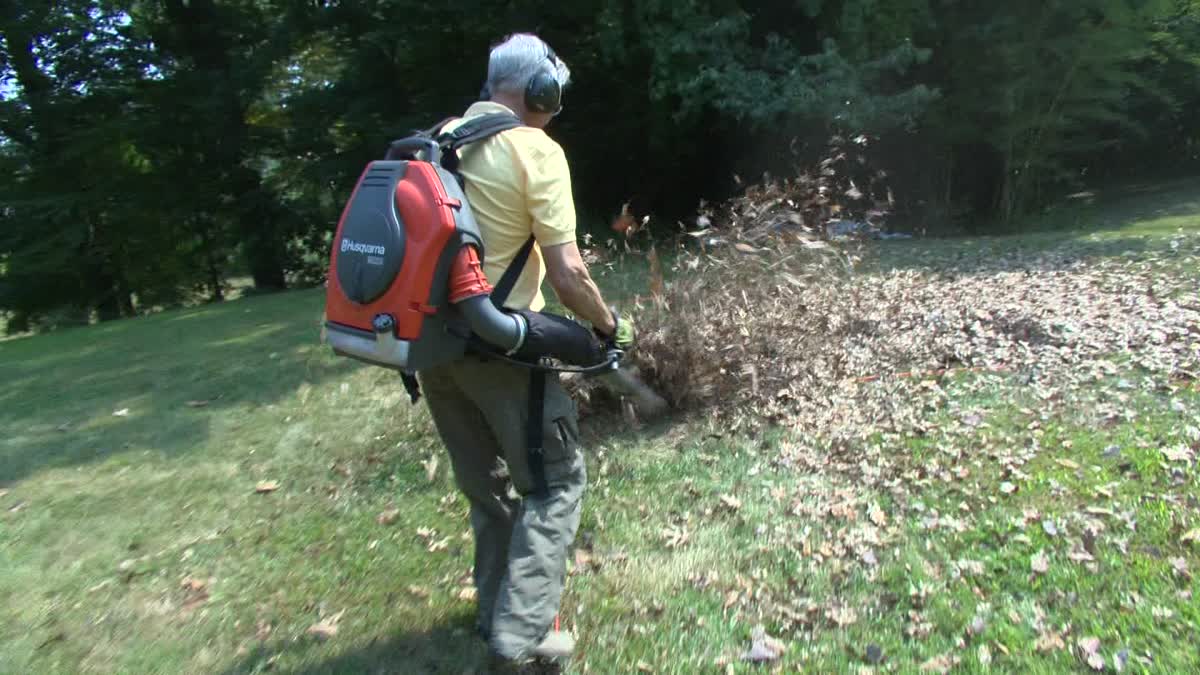Ever find yourself sitting next to a marmoset on a cross-country flight? How about a turkey? A chicken? Maybe even a duck?
“This is a safety issue,” says Sara Nelson, President of the Association of Flight Attendants. “And yes, we’ve seen the duck, the tortoise, the rooster---and this is not an animal farm. This is moving people in aviation safely.”
The AFA, which represents some 50,000 flight attendants on 19 airlines, says it is not an aberration that more and more animals appear to be flying.
“We have heard examples of flight attendants having to deal with pigs, or miniature horses, or chimpanzees,” Nelson said, “and animals that have gotten loose in the cabin.”
At issue are so-called “emotional support animals,” pets which fly for free when passengers can show a mental health need to bring them aboard. The privilege is protected by federal rules, but critics say more and more passengers are abusing the program by purchasing letters from online doctors, certifying rather dubious needs.
“What we’re asking for is regulations in place that would attempt to cut out any abuse in the system,” said Nelson. “And make sure that people who truly need the assistance are able to get it.”
Changing the rules appears to be a tall order. Last fall, the Department of Transportation convened an Access Committee to examine potential reforms. But those efforts adjourned with no agreements.
Local
“The committee was not able to reach agreement on service animals,” DOT said in a statement. “The Department intends to draft its own rules on service animals.” But a timetable for such a change has not been established.
“People who are bringing those kinds of animals are doing it under existing federal regulations,” said Sean Kennedy, Senior Vice President of Airlines for America, an air industry trade group. “Is that being abused? It is in some circumstances. Is this something that’s fair for the other customers? Probably not.”
Kennedy notes the airlines’ hands are tied by the existing rules.
“We’re going to take people at their word if they have proper documentation,” he said. “We do believe it’s being abused---what we don’t have is the anecdotal evidence of how much it’s being abused.”
Some frequent fliers say the evidence of everything from pooches to primates is more than ample.
“There’s been roosters and chickens on our flights,” says travel blogger Jon Nickel D’Andrea, who writes on the site NoMasCoach.com. “It’s kind of becoming a bit more extreme.”
Nickel D’Andrea notes that on a recent flight, a woman brought a very large dog and its very large bed. Which she rolled out in the aisle in front of the aircraft’s bulkhead.
“The dog barked and lunged at the flight attendant to the point where the flight attendant jumped out three rows back,” he said, “and started running to the back of the plane saying I’m done, I’m done, I’m done!”
Indeed, NBC5 Investigates has examined reports that are filed each year with the U.S. Department of Transportation, which show that complaints to U.S. air carriers concerning assistance animals in general have risen dramatically over the past twelve years, and nearly nine out of every ten of those complaints now consistently relate to animals traveling with people with “unspecified” disabilities – not any of the variety of disabilities commonly associated with true service animals.
Although it cannot be confirmed that these “other” animals are all Emotional Support Animals, we do know that these are animals accompanying people who are not blind or hearing-impaired; are not paraplegic or quadriplegic; are not wheelchair-bound; are not on oxygen or on a stretcher, do not have a communicable disease, and do not have an assistive device or a mental impairment.
Here’s how those service animal complaints for this “other disabilities” category have increased, over the past twelve years:

Complaints in 2015 relating to people with “other disabilities” were twice what they were just two years before, and 36 times what they were in 2004.
Back in 2004, “other” service animals accounted for 57% of all service animal complaints to U.S. airlines. By 2010 they accounted for two-thirds of the complaints. And for the past three years, they’ve accounted for nine out of ten of all service animal-related complaints:

What’s more, people complaining about allergies, relating to service animals in airliner cabins, has also increased, from 1 total complaint in 2011, to 16 total complaints, in 2015:

Here is the complete set of numbers NBC5 Investigates analyzed, showing all classifications of service animal complaints registered with U.S. Airlines, from 2004 to 2015, with the complaints relating to “other disabilities” and allergies in highlights:

While the thought of sitting next to a kangaroo might strike some as a refreshing change of pace in what is an otherwise dreary flying experience, Nelson stresses that safety is no laughing matter.
“In a metal tube that is hurtling through the air, where you can’t call for help and you’ve got an animal that is on the loose that is creating havoc in the cabin, when you are dealing with a medical or safety emergency, or you’re just trying to keep order for a peaceful flight, it’s a problem,” she said. “Flight attendants should not have this added responsibility when there are rules that can be put in place to address the situation before people get to the aircraft door!”



